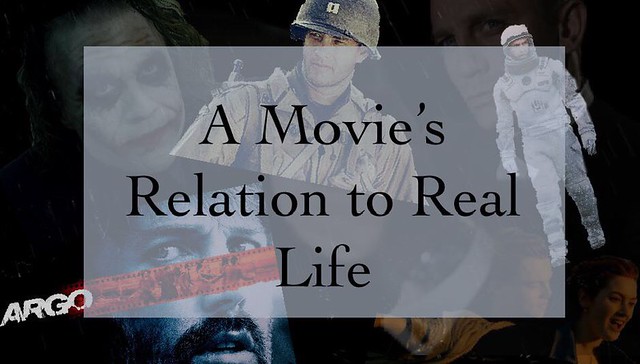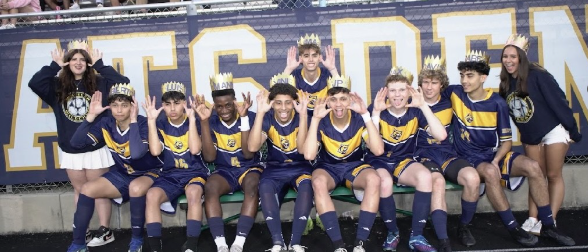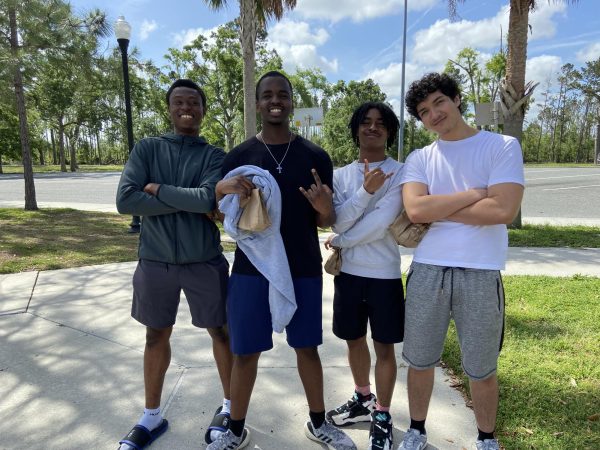Movie Depictions of Real Life
Many movies amaze audiences, but rarely, some movies intrigue viewers and make millions of them wonder about mind-boggling concepts. Films focused on science often do this. Interstellar is an example of this type of movie. It recreates a beautiful, realistic representation of space. Not only does it help create a visually stunning movie, but it is also groundbreaking in science. Interstellar is the first movie to visualize a black hole. With the help of physicist Kip Thorne, director Christopher Nolan was able to use computer graphic imaging to conceptualize an object never seen before. The small details of the black hole make a massive difference in a viewer’s movie experience. Visible light from the universe can draw into the black hole, a scientifically proven fact. The scientific accuracy in Christopher Nolan’s Interstellar is groundbreaking and helps create a beautiful film.
Scandals and global incidents fill political offices around the world. In November of 1979, Iranian rebels seized the American embassy and captured American workers. However, six diplomats escaped the embassy. With the help of the Canadian government, the American government carried out an operation that successfully returned the six diplomats. The mission was completed by forming a fake film crew which was to be searching for shooting locations in Iran for their upcoming film, Argo. Once the film crew entered the country, they used fake Canadian passports to smuggle the six Americans out of Iran. The 2012 movie based on the Iran hostage crisis was fittingly named Argo. This film captured the crisis from the perspective of the fake American film crew. It was clear, due to the manner in which the director shot the scenes, which the Iranians had suspicions about the film crew’s intentions. This depiction of Iranians and the global event that risked the lives of Americans proves that films have power on how to view the government and other countries.
In the modern world, movies are in a position to influence billions of people in nations around the world. The use of a motion picture can be as simple as showing a child how to act kindly, or it can be as complicated as helping a space enthusiast to visualize a black hole in the universe. No matter the complexity of the film, it is impossible to deny the value that these movies hold on modern society. They have been able to recreate history for people that might have never understood the horrors of war; they have been able to depict space in a manner never seen before; they have been able to show political incidents from multiple perspectives. Over time, films have not only demonstrated that they could recreate real events, but they have also shown that they influence society.
About the Writer

Neel Kulkarni, Online Editor
Neel Kulkarni is a senior at Wheeler High School. He is involved in many after school activities such as Wheeler soccer, National English Honor Society,...




